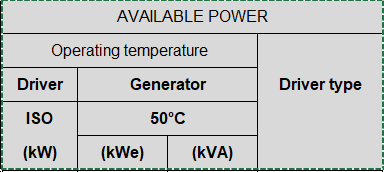NickParker
Electrical
- Sep 1, 2017
- 444
What is the meaning of ISO ratings in Generators / Engines?


Follow along with the video below to see how to install our site as a web app on your home screen.
Note: This feature may not be available in some browsers.

